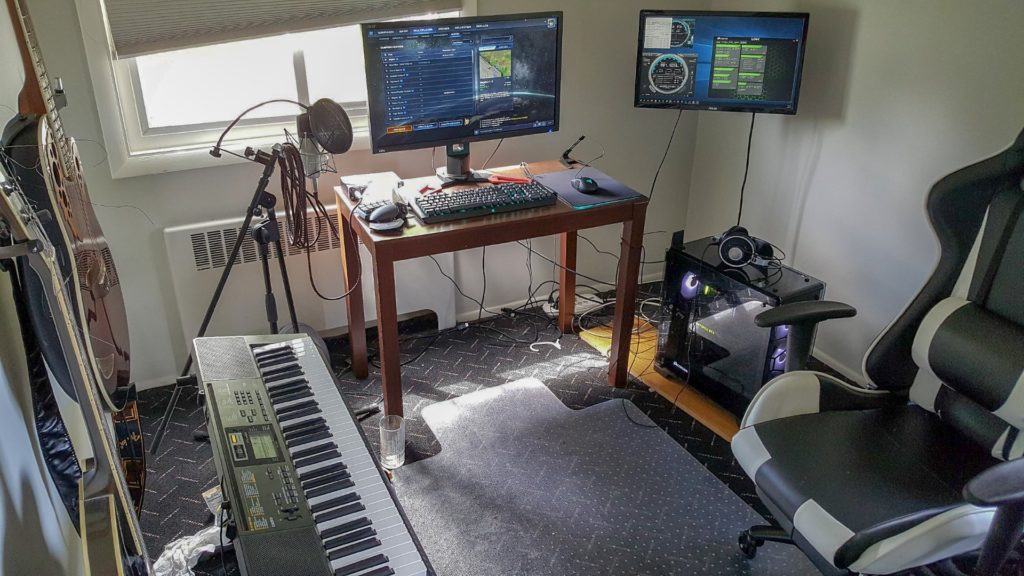
While not your conventional sport, Esports are certainly sedentary activities that could lead to muscle imbalances and dysfunctional movement patterns. Constantly sitting at a desk, using a keyboard and mouse for hours at a time staring at a screen can cause issues. Many of the problems that plague the desk workers and students in our society also affect competitive gamers. Head, neck, wrist, and back complications are all comorbidities that are common with an inactive lifestyle such as gaming. Exercise for gamers becomes key to reversing these consequences. Let’s apply the Hobbyists guide to longevity to Esports and figure out how we can counteract the negative impacts and improve quality of life. Most gamers exhibit one or more postural dysfunctions, obesity, poor cardiovascular function, inflexibility, and overall weakness. Let’s help our digital warriors improve themselves IRL while AFK.
Step 1: Learn the muscles being used in your activity.
Step 2: Determine if any weakness or imbalances currently exist.
Step 3: Figure out what Corrective Exercises to implement.
Step 4: Construct a program using corrective exercise additives.
Step 5: Reassess regularly. Maintain.
Step 1: Learn the muscles being used in your activity.
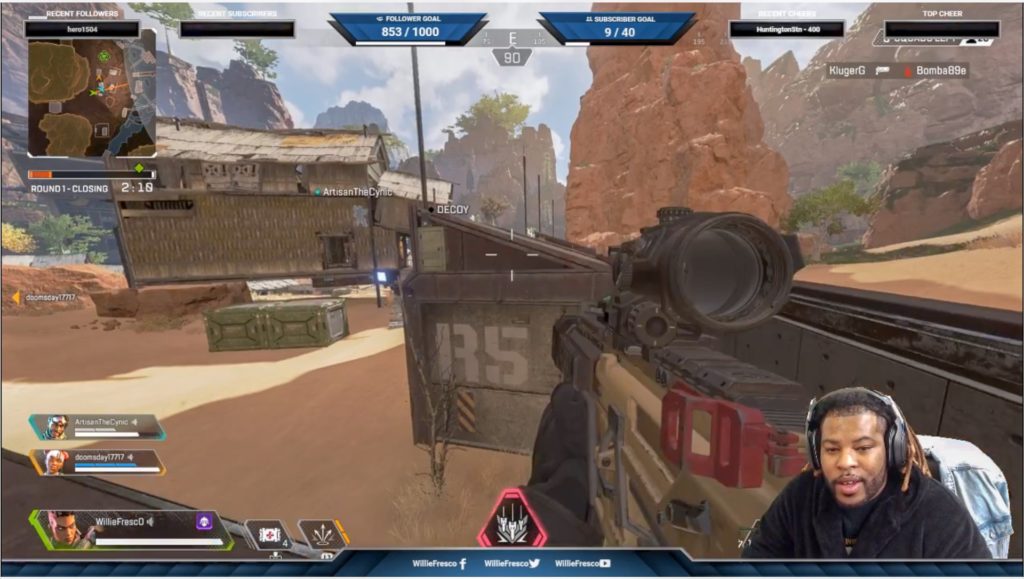
Even though we might not be actively training our muscles when we are sitting at a desk or on a couch playing a game we are often in positions of stress. Our bodies adapt to stress, and just like we put on muscle when we adapt to the stress of exercise, our body reinforces the stress of being in a poor position hunched over our keyboards, sedentary for many hours. after hours of sitting, our hip flexors feel stiff, our neck gets sore. Carpal tunnel and other wrist and hand issues might begin to manifest when we neglect physical activity. We begin to put on weight from lack of cardiovascular activity and poor diet.
By identifying what muscles are likely under stress and poor patterns of movement, we can begin to build a strategy to reduce pain and complications from this lifestyle. Let’s start by taking a look at the muscles that commonly develop issues from desk posture:
Hand, wrist, forearm:
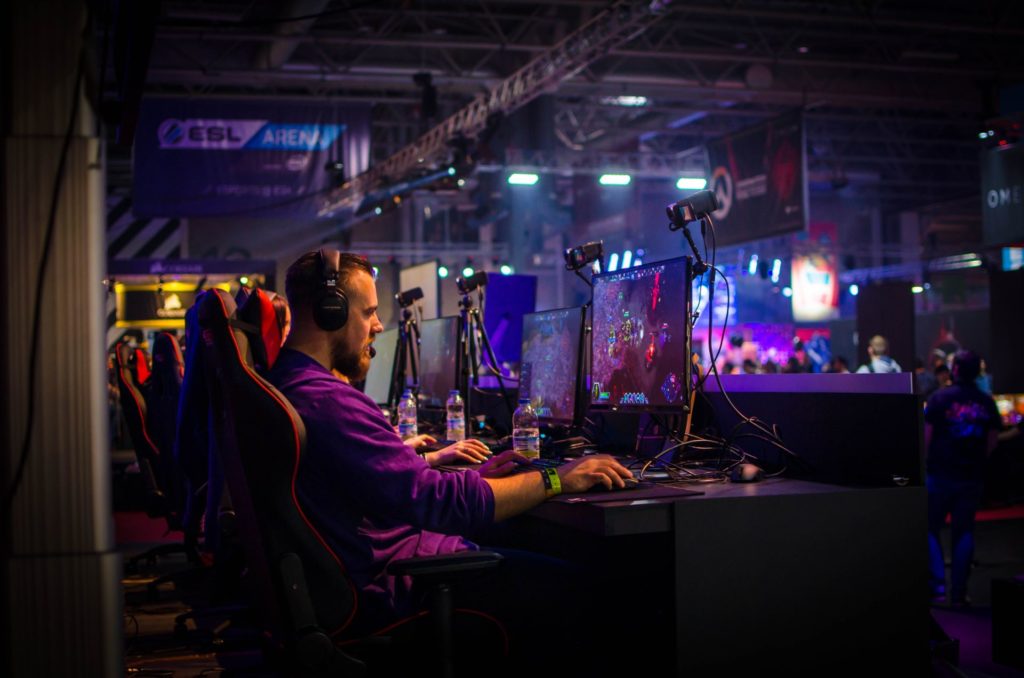
Hand extensors:
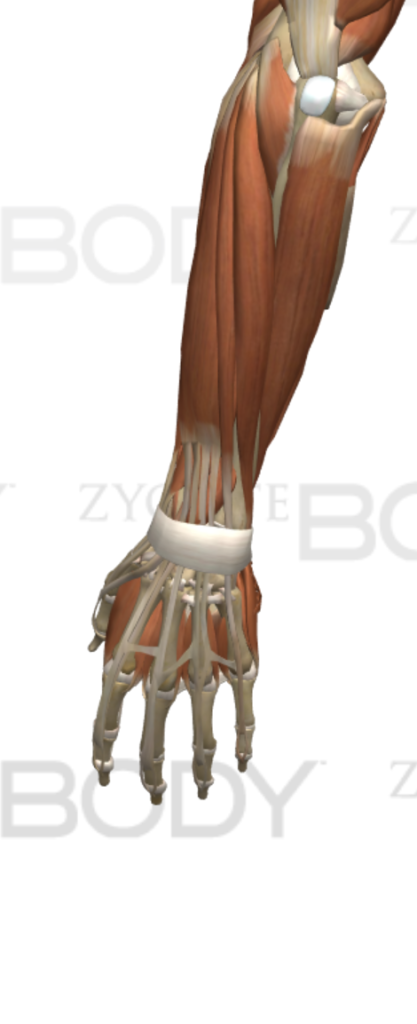
Competitive gaming can be stressful, tensing up during hardcore battle royale moments or FPS multi kills is a given. Usually, our wrists are in a flexed position over our keyboard and mouse for many hours. Even holding a controller for console gaming has your wrists in an extended position. Carpal tunnel is a very common condition in Esports as well as general stiffness in the hand.
Ulnar deviators:
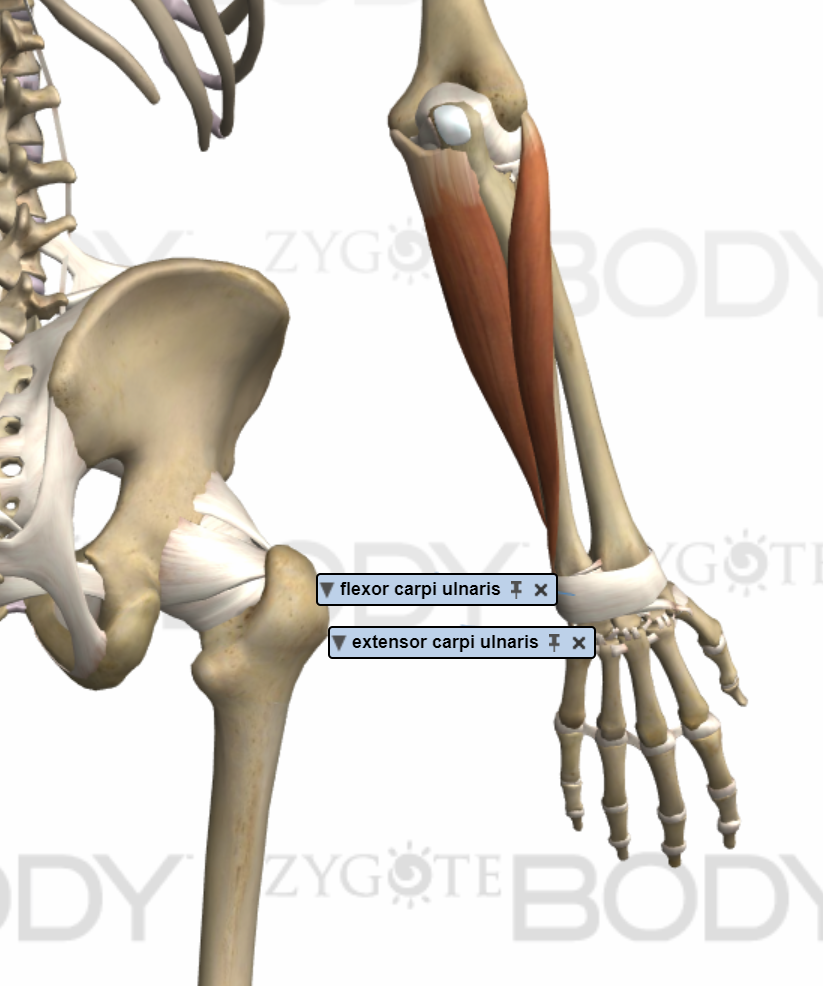
A subtle yet prominent position when we sit at our keyboard and mouse is something called ulnar deviation. Our hands are slightly bent outwards as we sit in our keyboard and mouse position. The muscles that assist wrist extension also deviate the hand into this position, exacerbating carpal tunnel syndrome and stiffness.
Brachioradialis:

Constantly being in elbow flexion can start to cause problems in this muscle, whose primary function is to bend the elbow when our grip is neutral or pronated, exactly the positions we are in when we sit at our desk or even on a couch with a controller in our hand. Overuse of this muscle contributes to tennis elbow or lateral epicondylitis.
Brachialis:
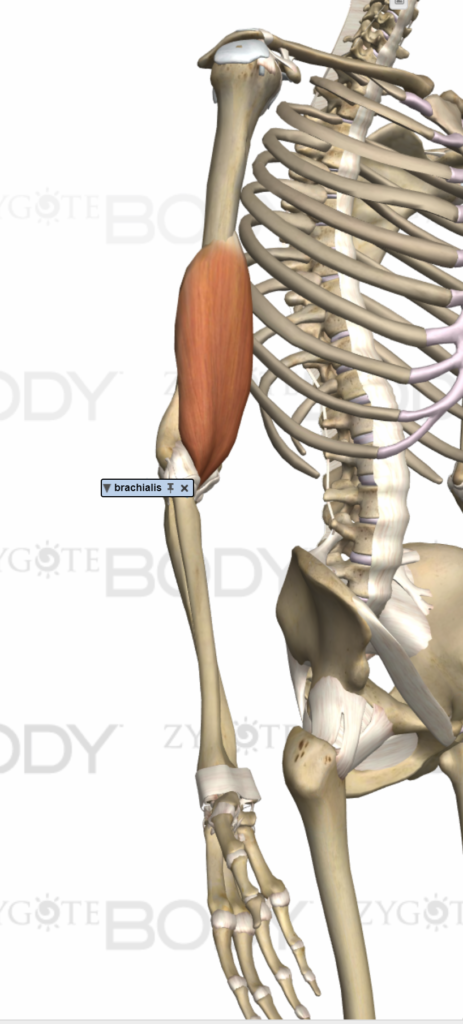
This muscle synergizes with the brachioradialis and is our main elbow flexor when our hand is in a neutral position. Much like the brachioradialis, this muscle might begin to stiffen and become dysfunctional and lead to outer elbow pain and tendinitis symptoms.
Head and neck:
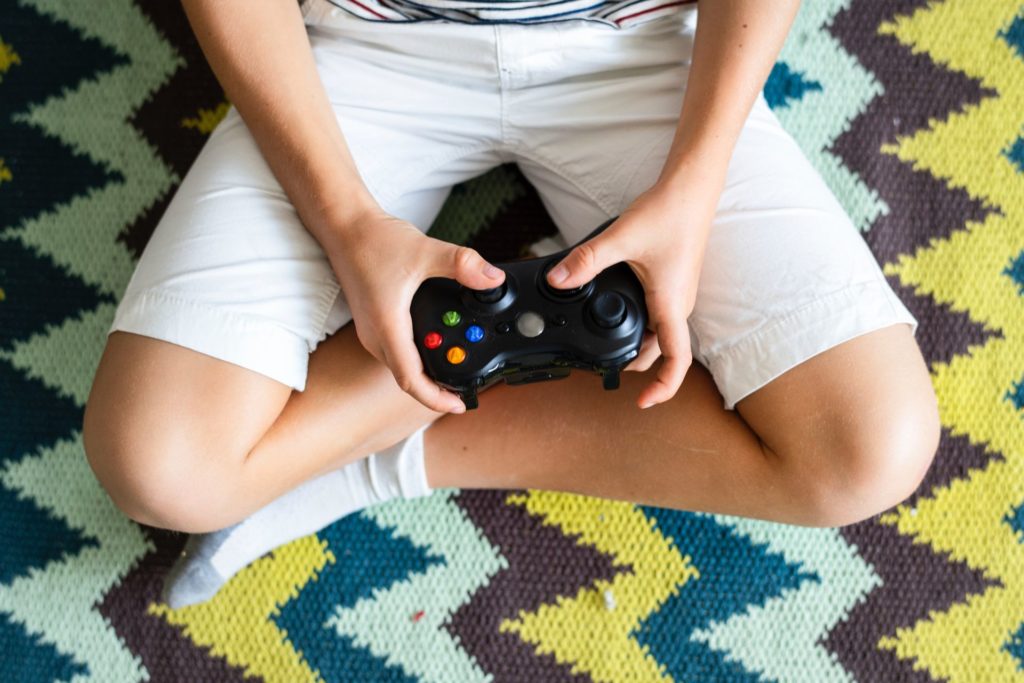
Sternocleidomastoid:
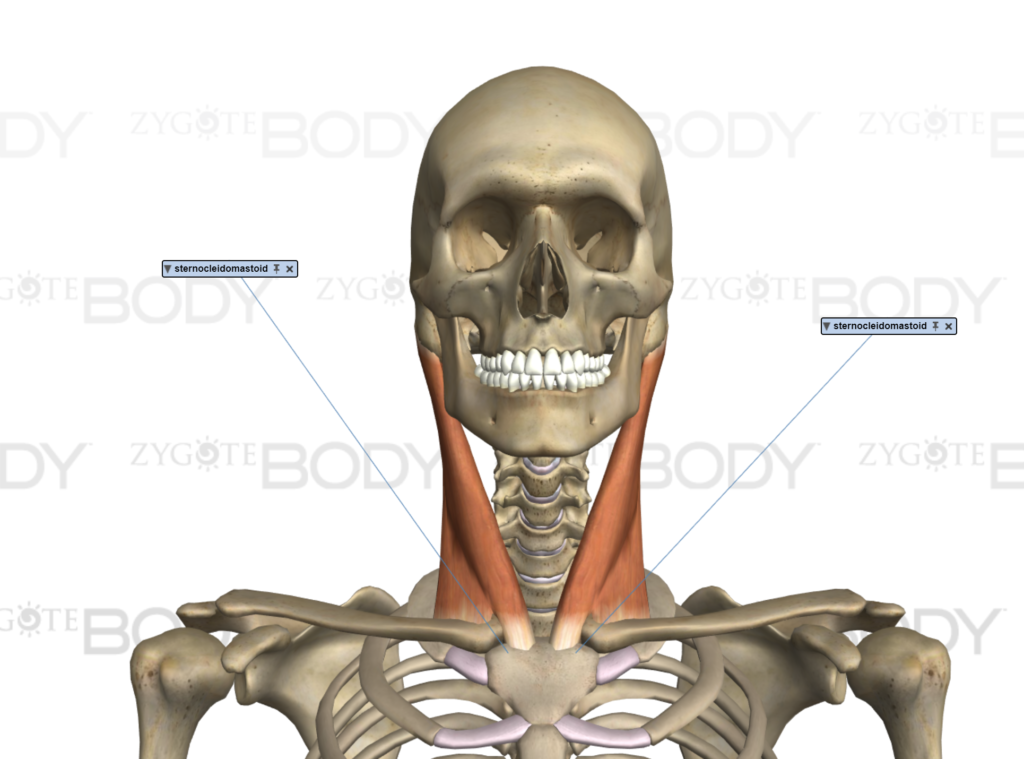
These neck muscles are massive contributors to forward head posture. As we stare at our screens, cell phones, monitors, televisions, our heads are protruding forward and causing this muscle to become overactive and problematic. This muscle can contribute to neck pain, headaches, and even sleeping and breathing problems.
Levator scapulae:
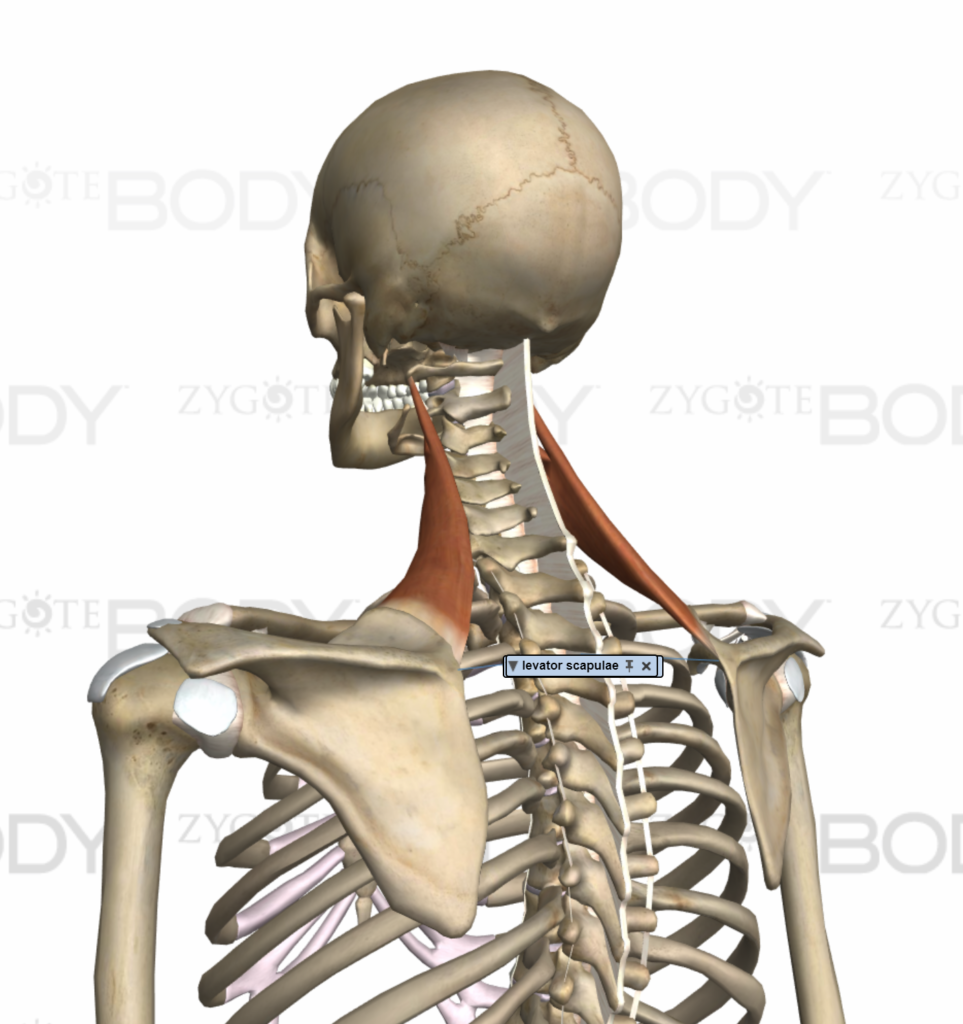
These posterior neck muscles elevate our shoulder blades. As we hunch forward in our desks these muscles tend to develop stiffness and trigger points that might wreak havoc on our shoulder mobility. Tension headaches are common when this muscle is overactive, and these muscles are where many people “carry their stress”.
Hips:
Hip flexors:
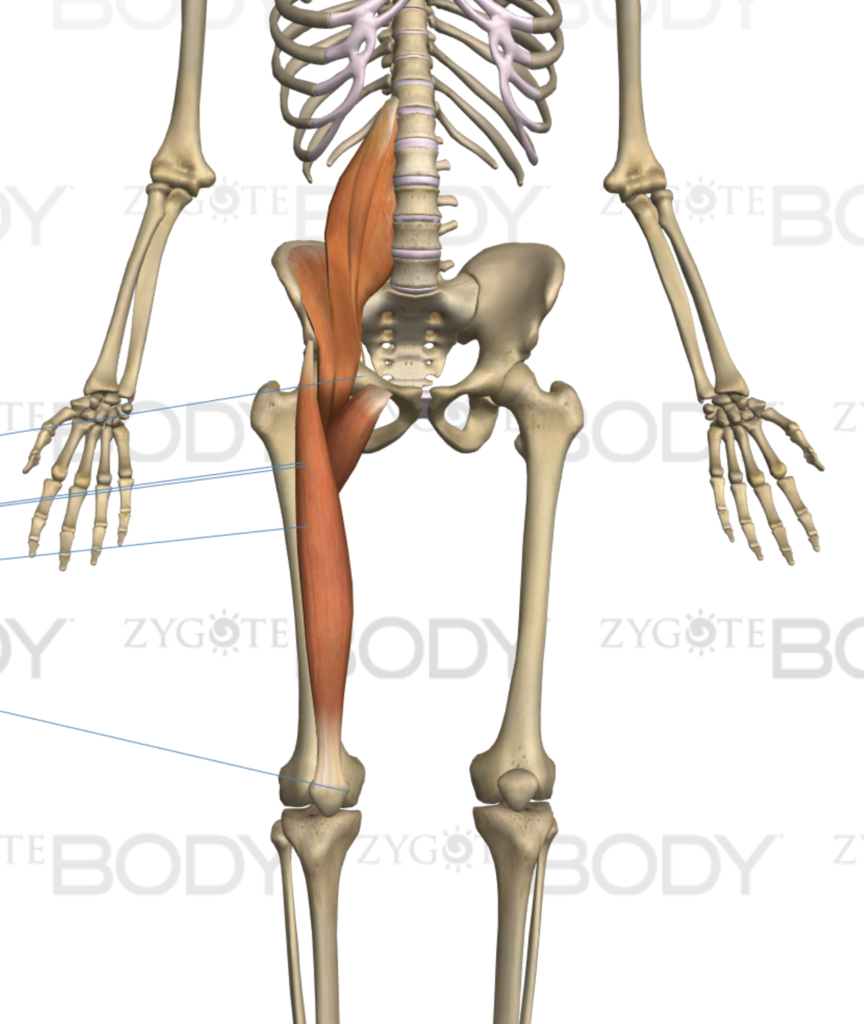
The hip flexors, especially the iliopsoas complex has a direct effect on our lumbar spine. A huge contributor to lower back pain, the hip flexors are a very likely culprit towards lower body dysfunctions. As we sit all day long these muscles are in a shortened position, developing both stiffness and weakness and directly impacting issues like lower back pain. It is very important to address these muscles with proper corrective exercise techniques for a higher quality of life.
Step 2: Determine if any weakness or imbalances currently exist.
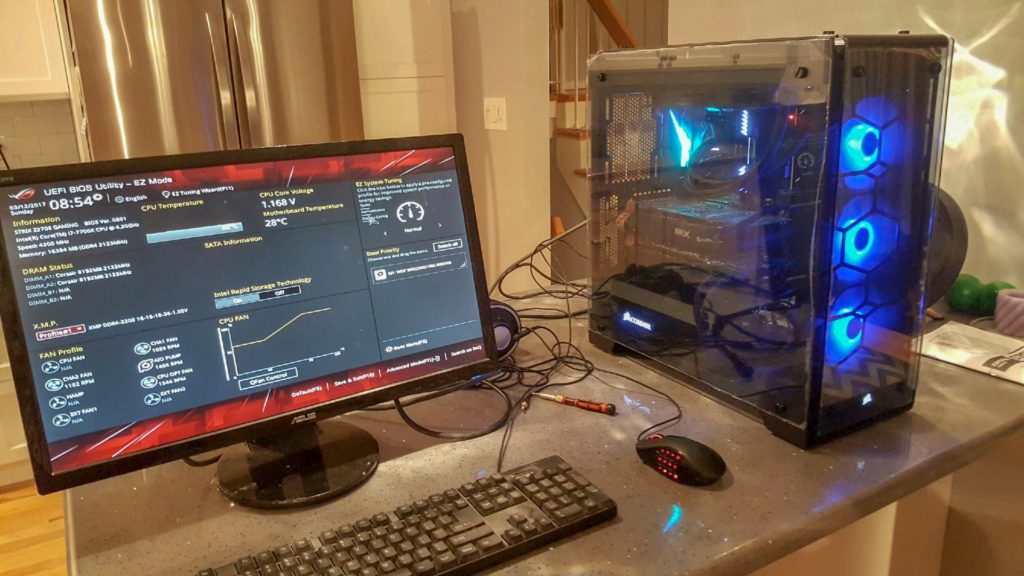
The reality is many gamers might not be exercising at all and there is a high probability that most muscle groups are neglected. It is a good idea to perform one or more assessments before you jump right into exercise. An assessment such as the overhead squat assessment is a great starting place to figure out what you need to work on and which exercises to choose when designing a program. If you have many faults in the overhead squat test, for example, then complex movements such as loaded back squats should probably be avoided until these improper movement patterns are corrected with simpler exercises.
Gamers probably exhibit many weaknesses but the most likely ones are going to be antagonist muscles related to the dysfunctional patterns common with desk posture. Exercise for gamers should develop a well-balanced program that won’t neglect muscle groups or overdevelop others. A good place to start looking for existing weaknesses is to examine the opposites of muscles that are overactive and stressed from constantly sitting at the keyboard and mouse.
Hand, wrist, forearm:

Radial deviators:
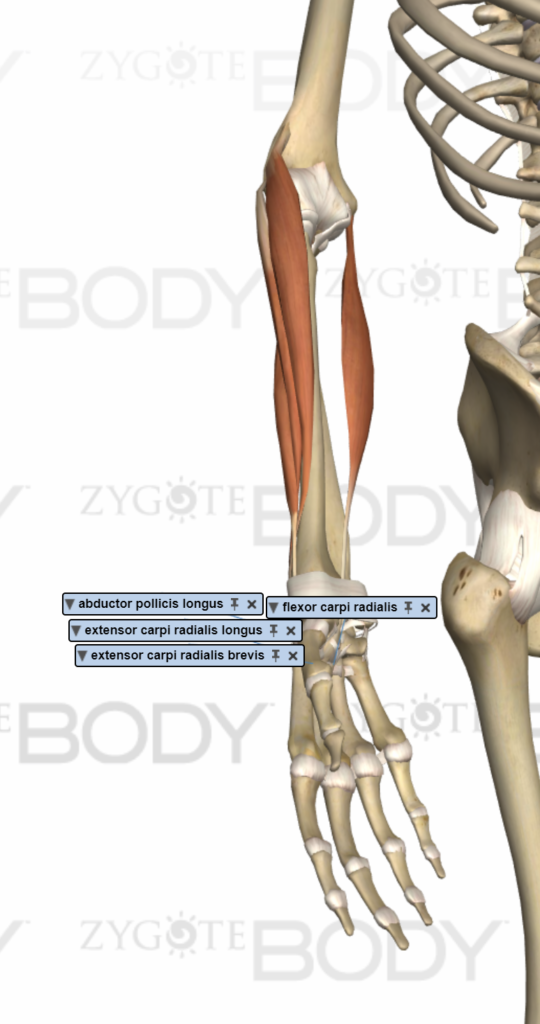
There are muscles that perform radial deviation in both the extensor and flexor compartment of the forearm. Performing exercises that strengthen the forearm and hand are going to help combat the effects of carpal tunnel and tendonitis.
Flexor compartment:
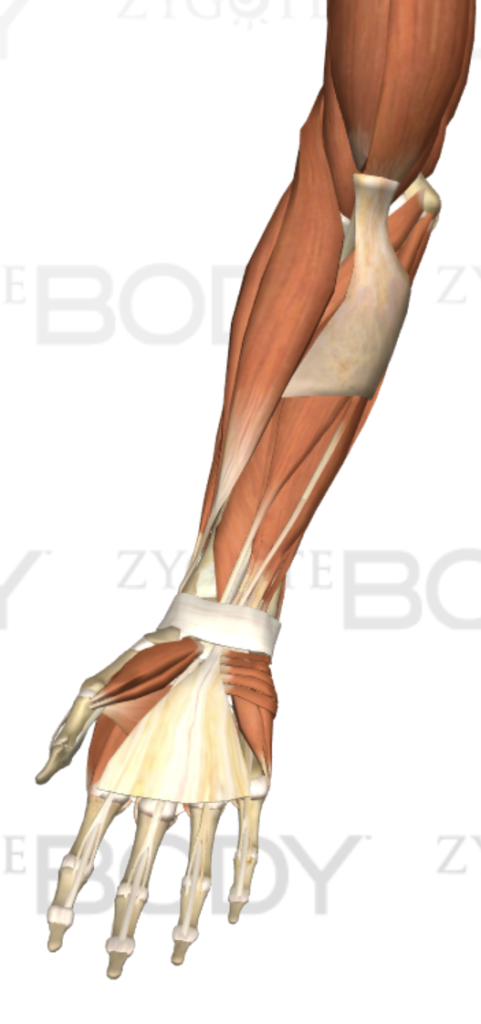
The flexor group of the forearm consists of many muscles that operate the hand. Grip strength exercises, weighted pulling exercises like deadlifts and rows all help to strengthen the flexor compartment and restore balance to the hand, wrist, and forearm.
Biceps:
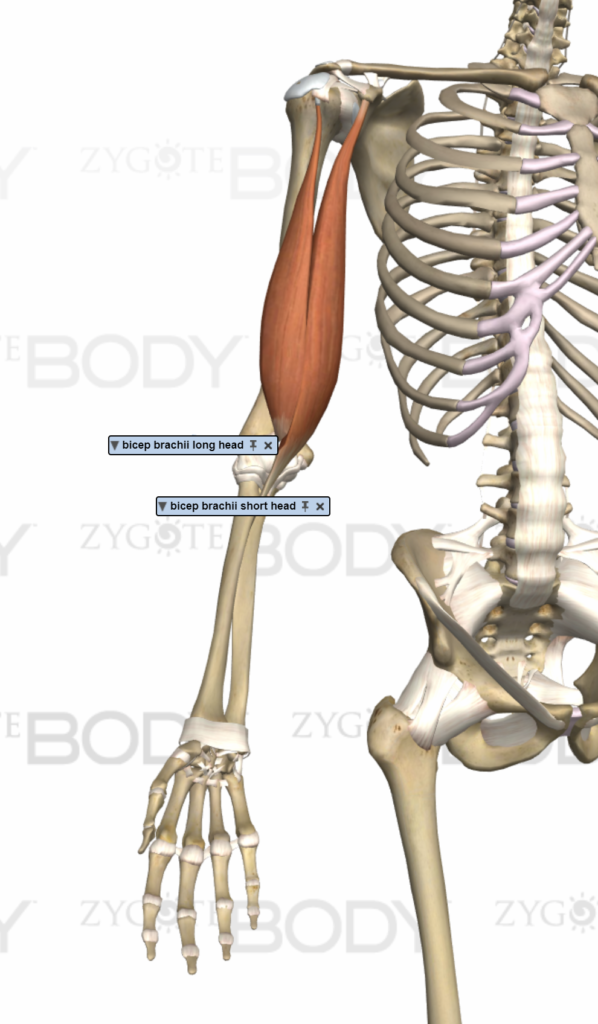
Although we are often in a position of elbow flexion when we sit at a desk, our grip is pronated or neutral. Because of this the biceps often are neglected and become inhibited. The biceps main function is to supinate the hand, turning it outward, which is rarely done when typing or gripping a controller.
Triceps:
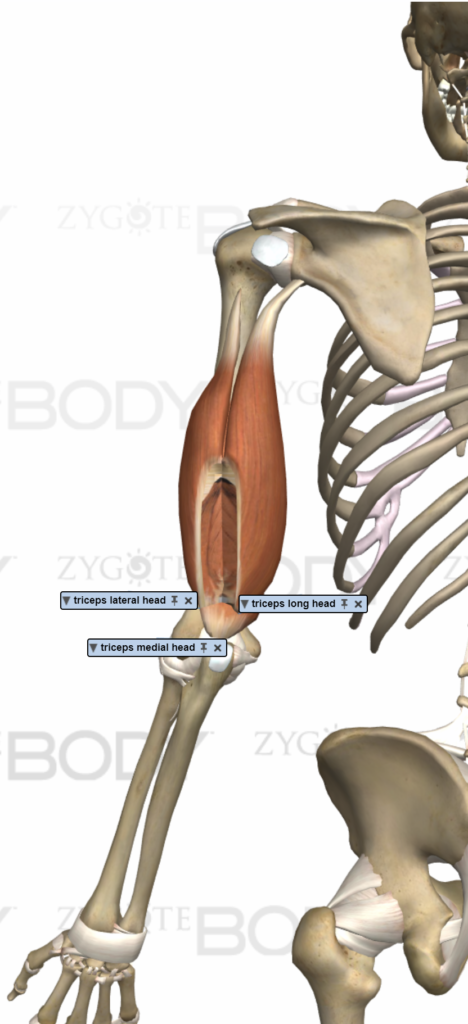
The antagonist to the biceps and elbow flexors, the triceps extend the elbow. Constantly gaming in a state of elbow flexion creates stiffness and difficulty in extending the arm fully. Strengthening the triceps is a key component to restoring balance to the force couple surrounding the elbow. Strengthening the triceps is a great start to reducing symptoms of tendonitis and elbow pain.
Head and neck:
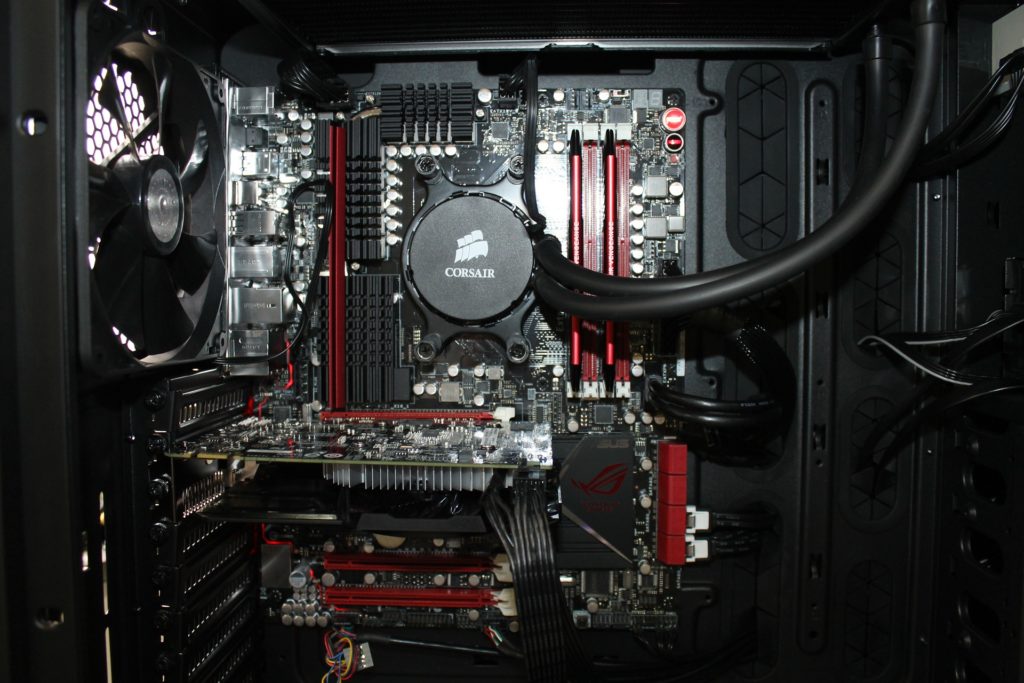
Deep cervical flexors:
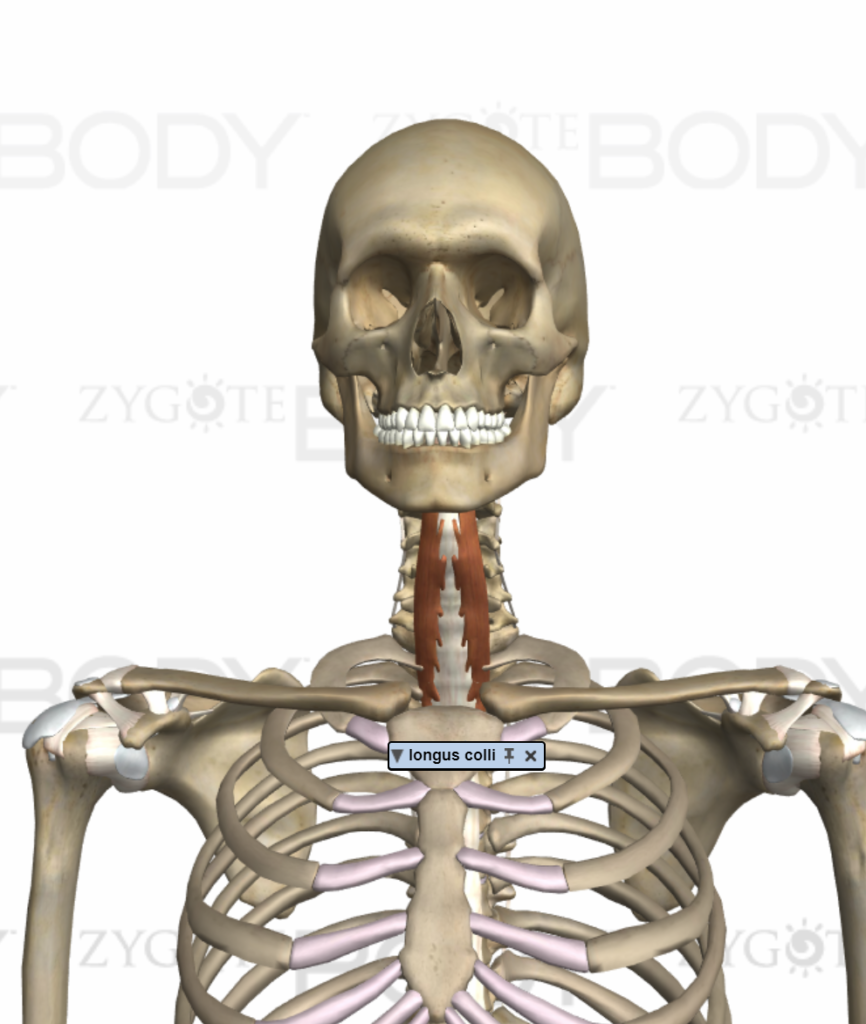
These muscles become weakened and dysfunctional when the sternocleidomastoid becomes overactive. These muscles should keep our head level and oriented properly and combat the forward shifted position that desk posture creates. Strengthening these muscles becomes very important for combating FHP.
Back:
Thoracic extensors:
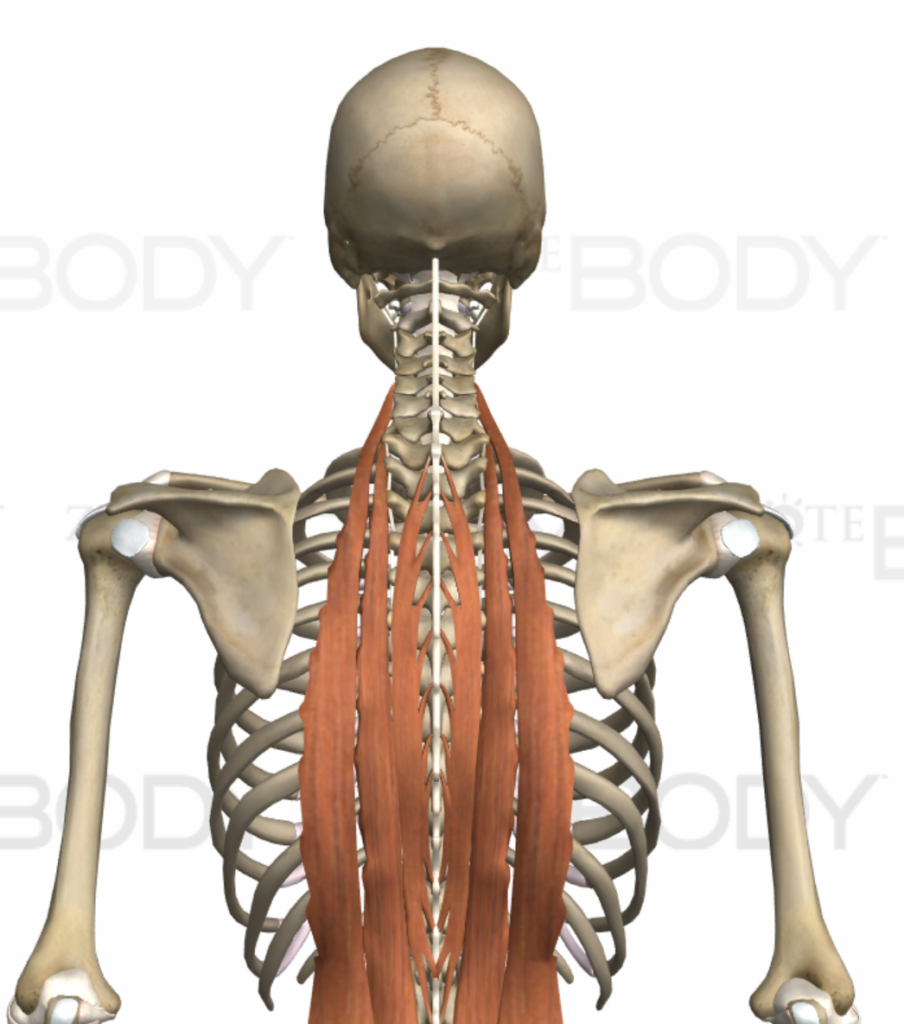
These muscles are alongside our spine. These muscles straighten our mid back and keep us upright. Constantly hunching over in our couch or chairs causes these muscles to become under-active and weak. Strengthening these muscles is absolutely key to restoring proper posture and function to our spines.
Rhomboids:
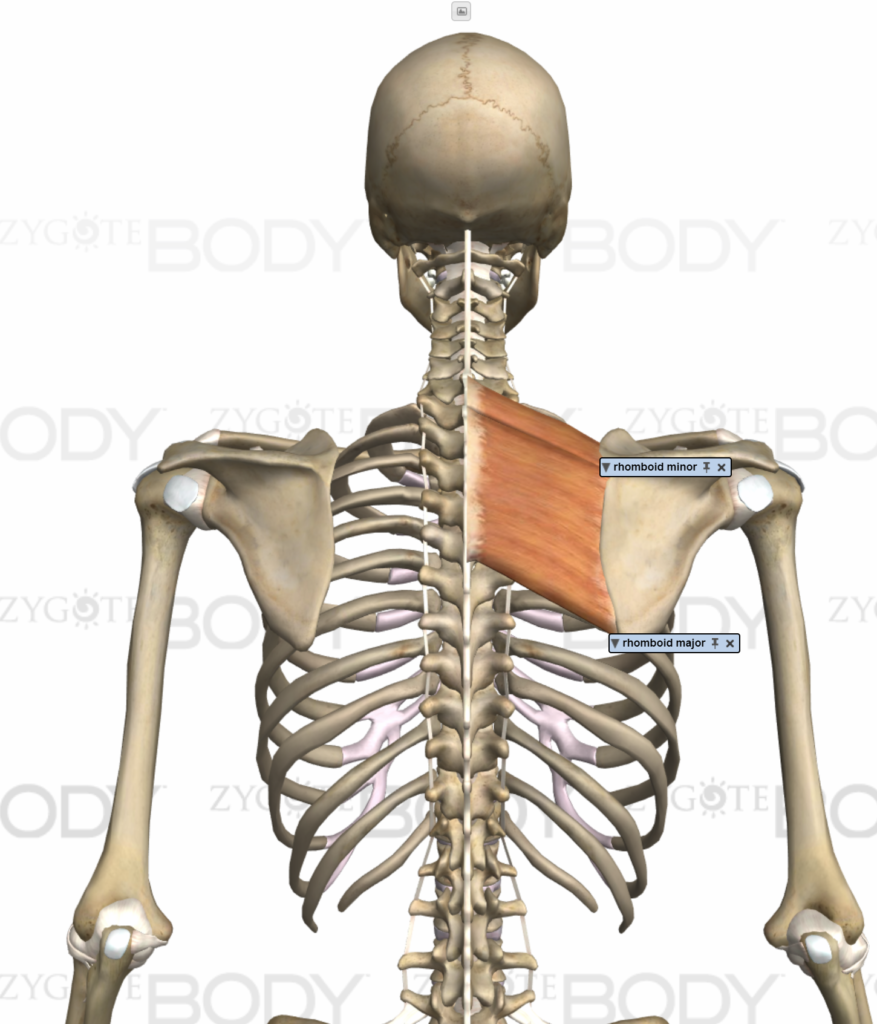
The rhomboids retract your shoulder blades. Often when we are sitting at a computer or on the edge of the couch with a controller our shoulders are rounded forward. Strengthening these muscles is important to restore strength to the postural muscles in your back.
Hips and legs:
Glutes :
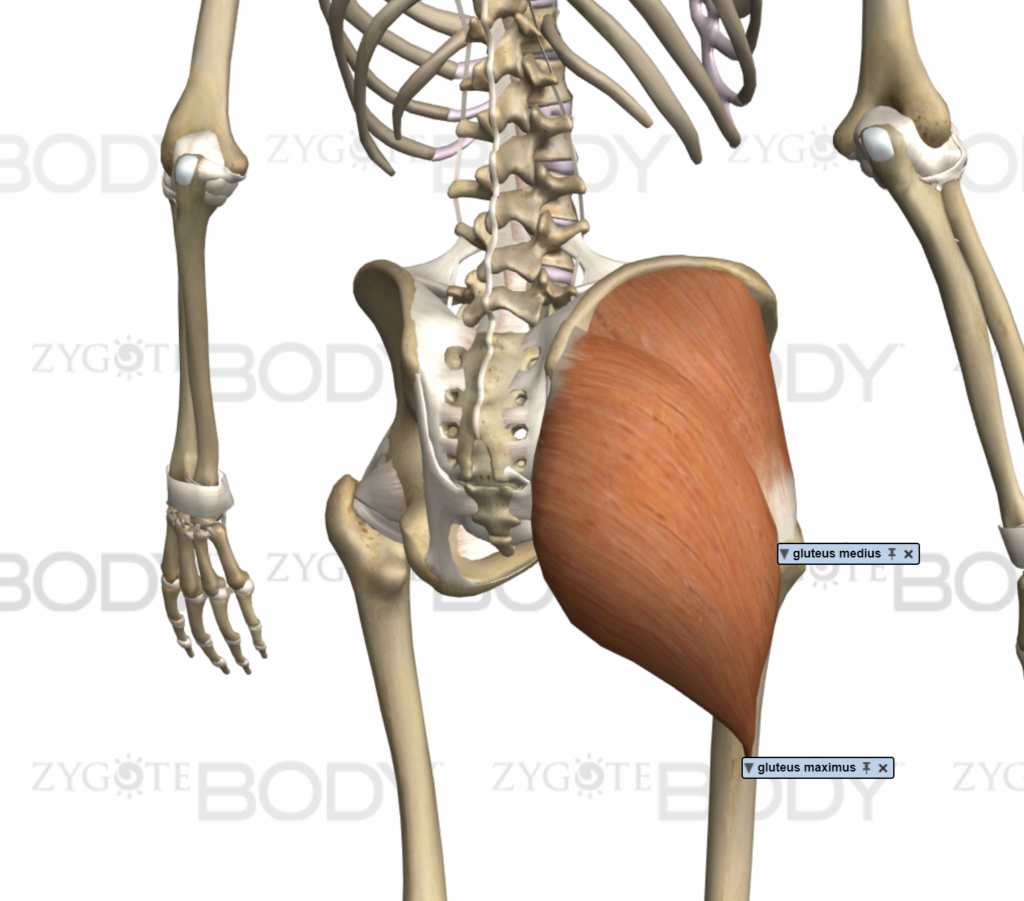
The glutes are the antagonist muscle to our hip flexors. An important force couple surrounding our hips, the glutes and hip flexors must be balanced with one another for a healthy functioning pelvis and lower back. Often these muscles become weak and inhibited and strengthening the glutes is an essential component to most any program designed to correct imbalances of the lower body.
Step 3: Figure out what Corrective Exercises to implement.
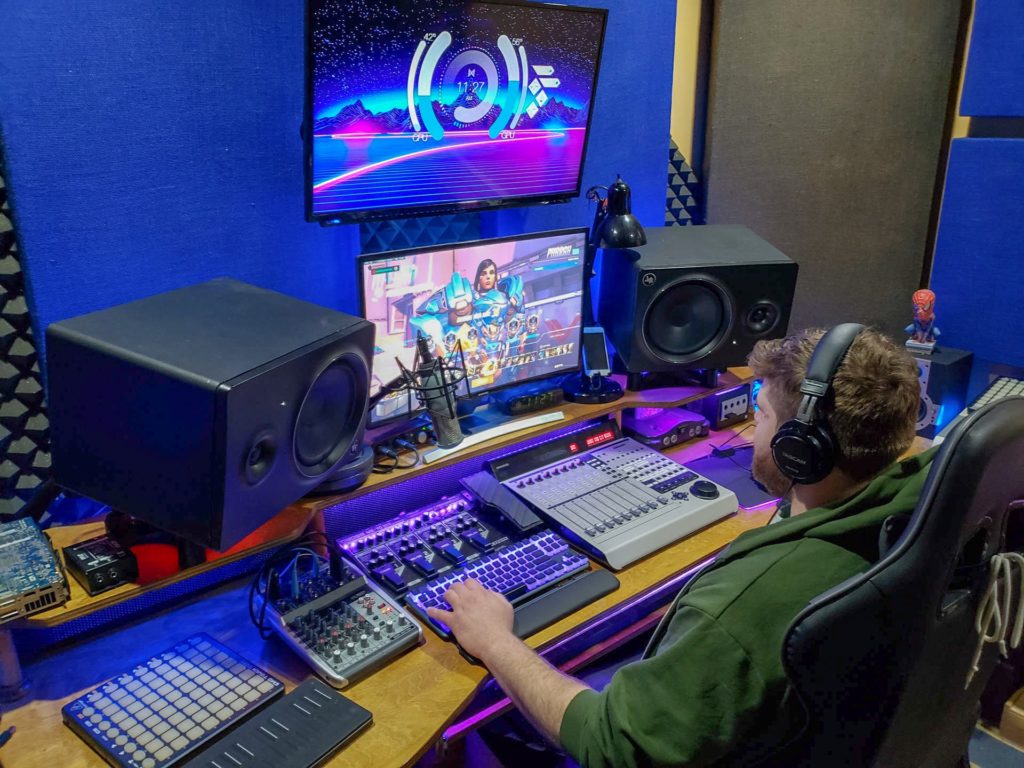
Oscillot_TV takes a break from FL streaming to queue for some Overwatch!
In many sports, muscles are often overdeveloped already. If an athlete chooses the wrong exercises they can exacerbate a developing problem. In Esports it’s not likely any muscles are developed at all so choosing the wrong exercises to perform isn’t probable. The reality is any activity at all could probably benefit someone who is mostly sedentary. As we discussed earlier, it is a good idea to perform an assessment and identify dysfunctions that might be developing. In all likelihood, someone who sits in a desk or couch all day is probably lethargic and immobile, lacking the capacity to perform many exercises correctly.
An assessment can help to point an individual towards their weak links and choose what corrective exercises to safely start with that they can perform properly. Exercises for gamers should be specific and individualized. Complex movements like squats and deadlifts are probably not the best option for someone who can barely bend over or move properly.
Let’s take a look at some basic corrective exercises to get started with. These can be added in as a warm-up to your programming, or done throughout the day in between games. These are bodyweight exercises that are chosen to get you going and combat stiffness and pain from sitting for long periods of time. These corrective exercises are also designed to counteract some of the assumed weaknesses we discussed above.
Assisted Lunges in doorframe
Floor cobra with butt touches
Floor glute bridges
Chin tucks
Foam roller overhead press
Step 4: Construct a program using corrective exercise additives.
It is probable that hardcore gamers get little to no exercise, and because of this, it is going to be important to develop a well-rounded program that’s also realistic. Minimal activity for a gamer might start with a 2x per week routine that should incorporate a lower body program and an upper body program that doesn’t neglect any muscle groups. Optimally starting with a 3x per week program can allow for more versatility and allow an upper body, lower body, and accessory day split. Initially, it is going to be important to start with basic stabilization exercises and higher rep range resistance movements to develop a foundation of physical capability and avoid injury. As your base strength improves, higher intensity programs and specific fitness goals can be incorporated strategically. Gamers can expect fast results and big gains in the early stages of exercise.
It is important to include cardio as often as possible to counteract the lack of activity and improve heart function. When beginning cardio it’s a good idea to perform a cardio assessment to determine how hard you should be pushing yourself safely.
Let’s take a look at an example periodization routine for someone just breaking into physical activity:
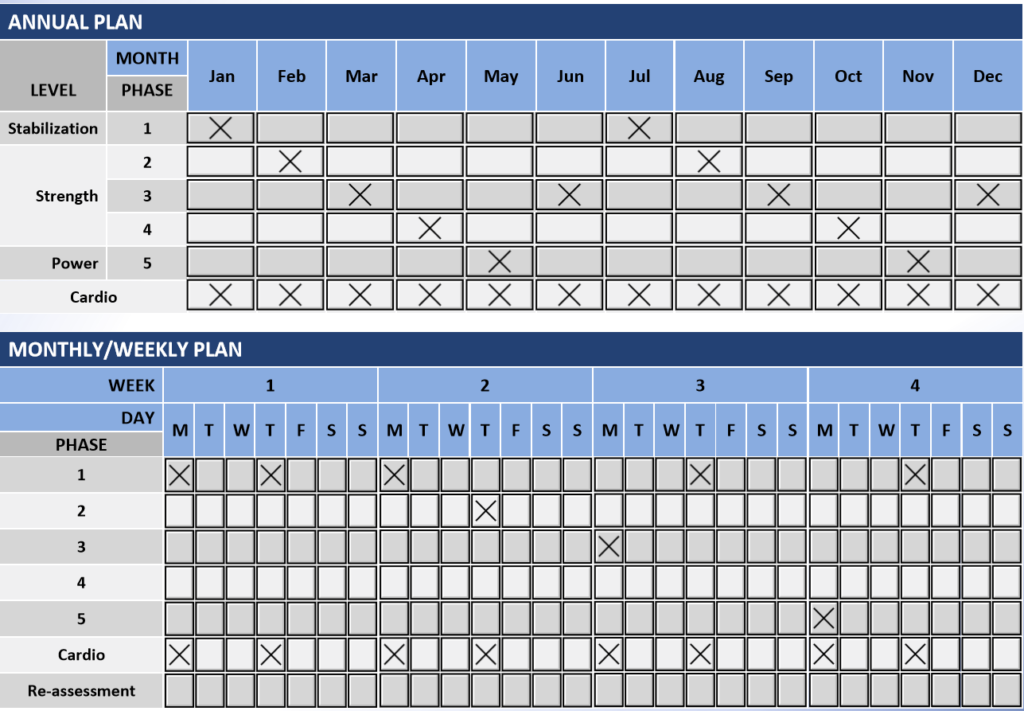
This is a very basic program for someone that might not have any specific goal other than general health who is looking to combat a
Phase one training includes stabilization exercises, 12-15 repetition exercises with lightweight and an emphasis on balance and coordination. Stability ball squats, core exercises with the stability ball, cable resistance exercises on a Bosu ball are examples of how to train in this phase.
Phase two contains strength-endurance based exercises, 15+ repetition range with moderate weight, removing the stability component. Standard free weight exercises, seated cable exercises, and machine movements are all examples of how to train in this phase.
Phase three is about developing muscle with a repetition range of 8-12 and moderate weight, focusing on contracting the muscle and controlling the movement. Free weight and machine exercises performed in a steady controlled fashion with high volume are how to approach this phase.
Phase four, or maximum strength is about developing as much strength as possible. Low repetitions in the 3-5 range, heavyweight and long rests are how to train in phase 4. Large compound movements like squats, deadlifts, and overhead press are the emphasis during maximum strength.
Phase five is power training. Power training develops speed and explosive power. Plyometric exercises, fast_paced HIIT training, medicine ball work, dynamic cable movements are all helpful to develop maximum power. Light-weight exercises performed as fast and explosive as possible in the 12-15 repetition range is the key to power training.
Step 5: Reassess regularly. Maintain.

Many gamers who begin to take their health seriously will likely make great improvements very quickly. As someone progresses in their fitness they might change their goals and become increasingly motivated. By constantly reassessing, a gamer can restructure their programming to include more volume, more complicated movements, and different corrective exercises. As issues begin to reverse, maintenance will become the focus as opposed to correcting a problem. A gamer might want to focus more on building muscle, or more on strength as they begin to enjoy exercise differently. Performing cardiovascular assessments such as the Rockport walk test or YMCA step test are good ideas to determine how hard you can push yourself.
YMCA 3-Minute Step Test:
Step one – perform a 3-minute step test by performing 24 steps per minute on a 12-inch step for a total of 3 minutes, roughly 96 steps total. Even tempo.
Step two – Within 5 seconds of completing the exercise, measure your resting heart rate for a period of 60 seconds and record as recovery pulse.
Step three – locate the recovery pulse number in one of the following categories.
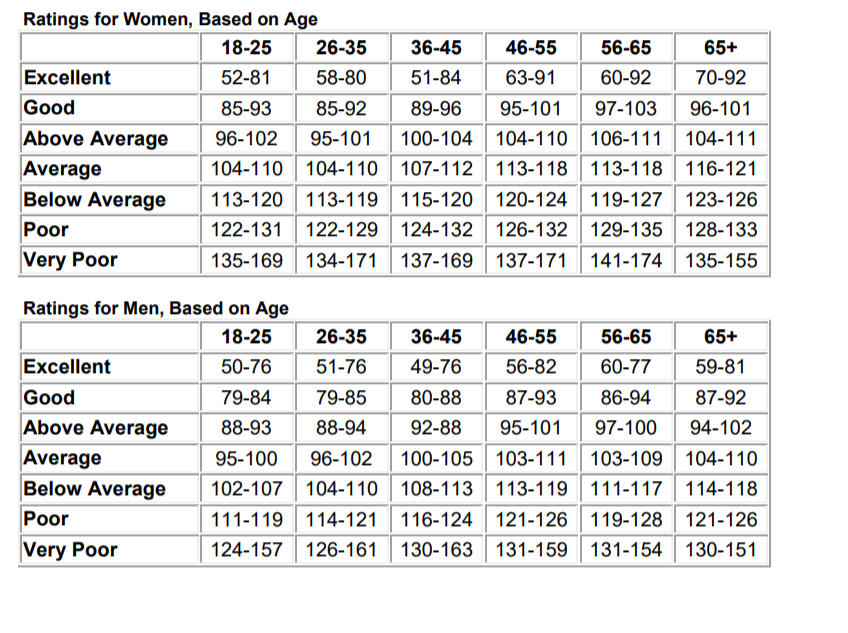
Step four – Your cardiovascular activity should be performed at a percentage of your maximum heart rate according to the step test results.
- Very Poor/ Poor: Zone One (65–75% Heart Rate Max)
- Below Average: Zone One (65–75% Heart Rate Max)
- Average: Zone Two (76–85% Heart Rate Max)
- Good: Zone Two (76–85% Heart Rate Max)
- Excellent: Zone Three (86–95% Heart Rate Max)
Step five – determine your maximal heart rate by subtracting your age from the number 220 (220-age), then take maximal heart rate and multiply by zones to determine heart rate ranges for each zone.



